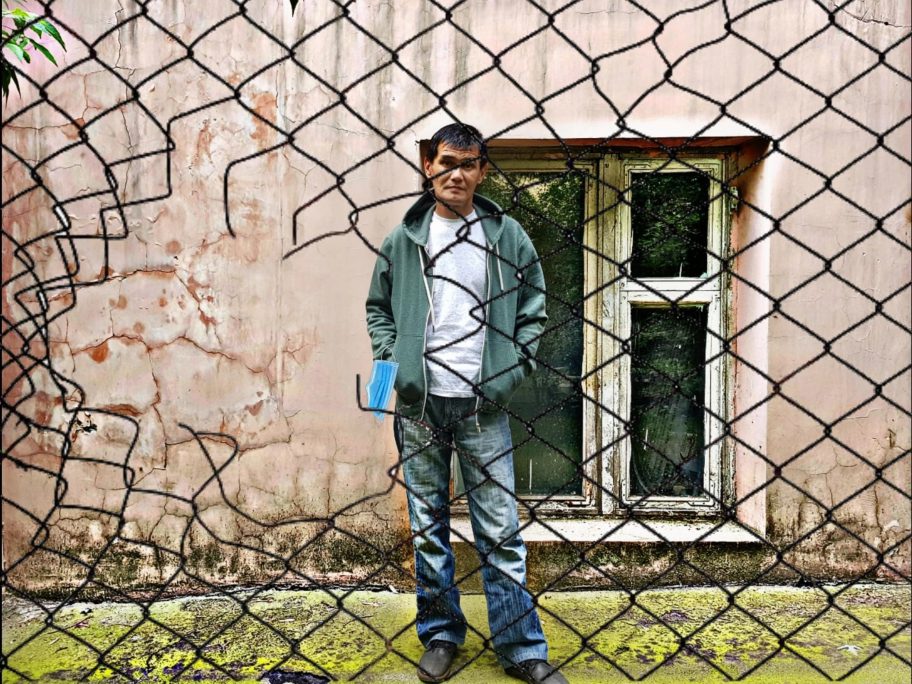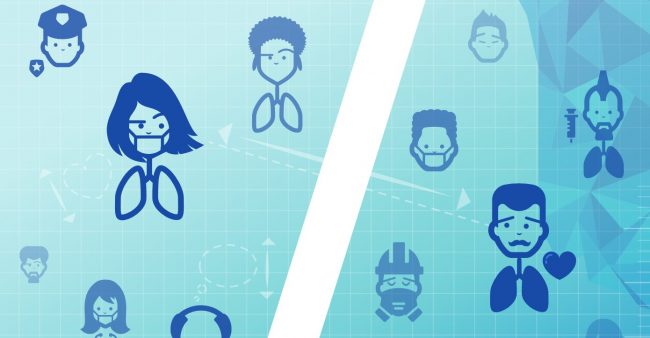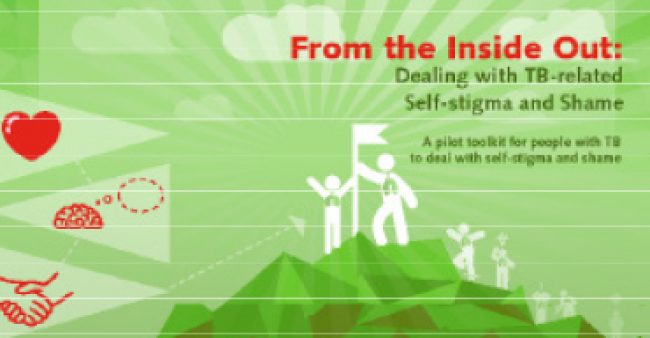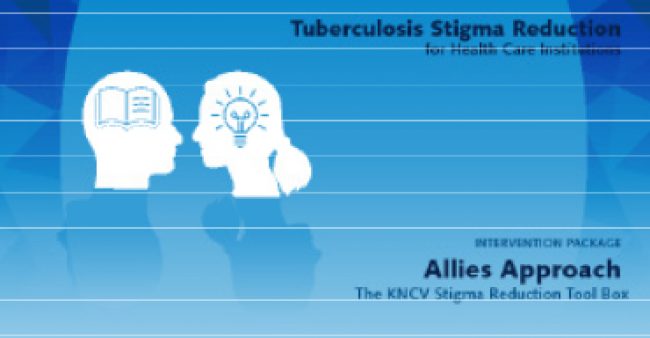Stigma reduction strategies
Stigma is a complex social issue that arises when certain attributes, such as being diagnosed with tuberculosis or other infectious diseases, become associated with stereotypes. This association leads to the unfair labeling of individuals, attributing to them undesirable qualities and behaviors.
People affected by tuberculosis often experience a worsening in their self-esteem due to the perceived and anticipated stigma surrounding the disease. Stigma further exacerbates the challenges they face in coping with their condition, damaging social connections, imposing financial burdens, and violating the rights and dignity of those affected.
Stigma and discrimination can also be reinforced within the healthcare environment, including policies, and regulations. This not only impacts professionals who dedicate themselves to the health and social needs of stigmatized individuals but can also significantly affect their mental well-being. These negative experiences have the potential to undermine the quality of care they provide, perpetuating a cycle of discriminatory behaviors towards others.
Given this, at KNCV we are dedicated to tackling stigma associated with infectious diseases through our philosophy and approach. We firmly believe in fostering empathy and mutual respect among communities, healthcare workers, and individuals affected by these diseases. Our goal is to reduce the tendency to label, blame, shame, and control by actively cultivating awareness of our own judgments, and so promoting meaningful shift in attitudes.
Some of KNCV current and past tools addressing stigma:
1. The Photovoices:
Empowers people affected by infectious diseases to express and communicate their experiences. It re-builds their self-esteem through group coaching and teaching them how to use photodocumentary to express their emotions and feelings. The final product – a series of images and quotes – can be used to sensitize key audiences such as decision makers, civil society and health staff as well as for peer support to people affected by infectious diseases.
2. From the inside out: Dealing with TB –related self stigma and shame.
This tool was designed as a workshop to train participants to set up patients support groups. This aims to help individuals identify, understand and address self-stigma and anticipated stigma.
3. The Allies Approach: Stigma reduction for health care institutions.
A health care facilities toolbox which focuses on stigma on the emotional, cognitive and practical levels. This approach addresses self-stigma in health care workers, stigmatizing behavior of health care workers and the stigma facilitating policy in health facilities.
Join us in our mission to make a positive difference in the lives of those affected with TB and other infectious diseases.
KNCV has a team of experts from different backgrounds who can provide technical assistance on the different aspects of stigma. For further information or enquiries please contact: bianca.tasca@kncvtbc.org





